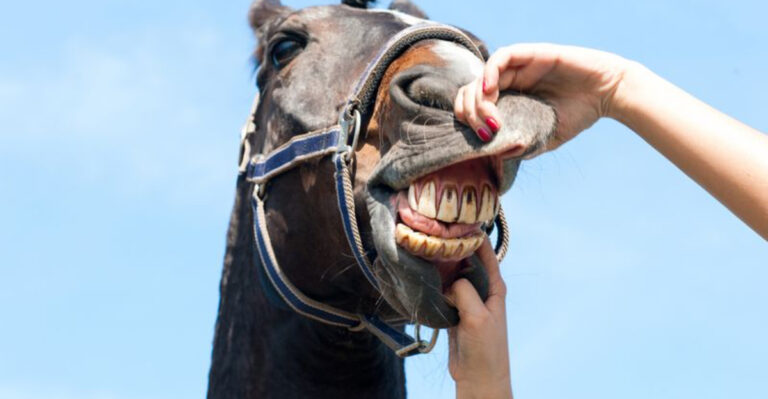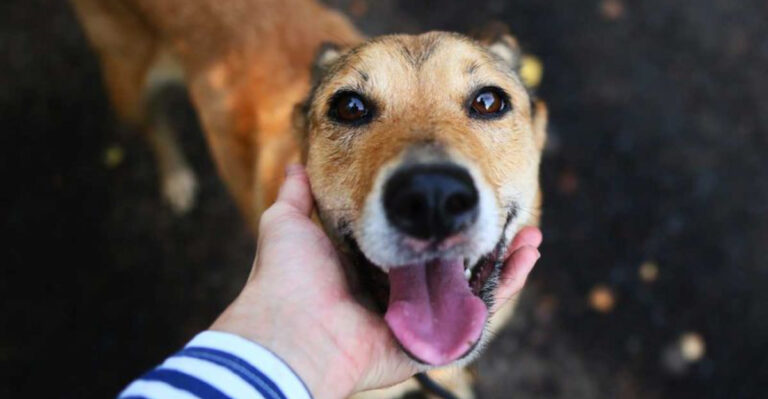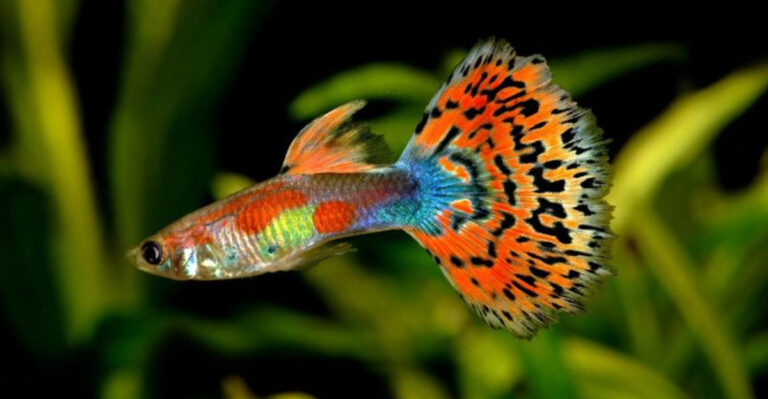16 Hunting Dog Breeds That Should Never Stay Indoors
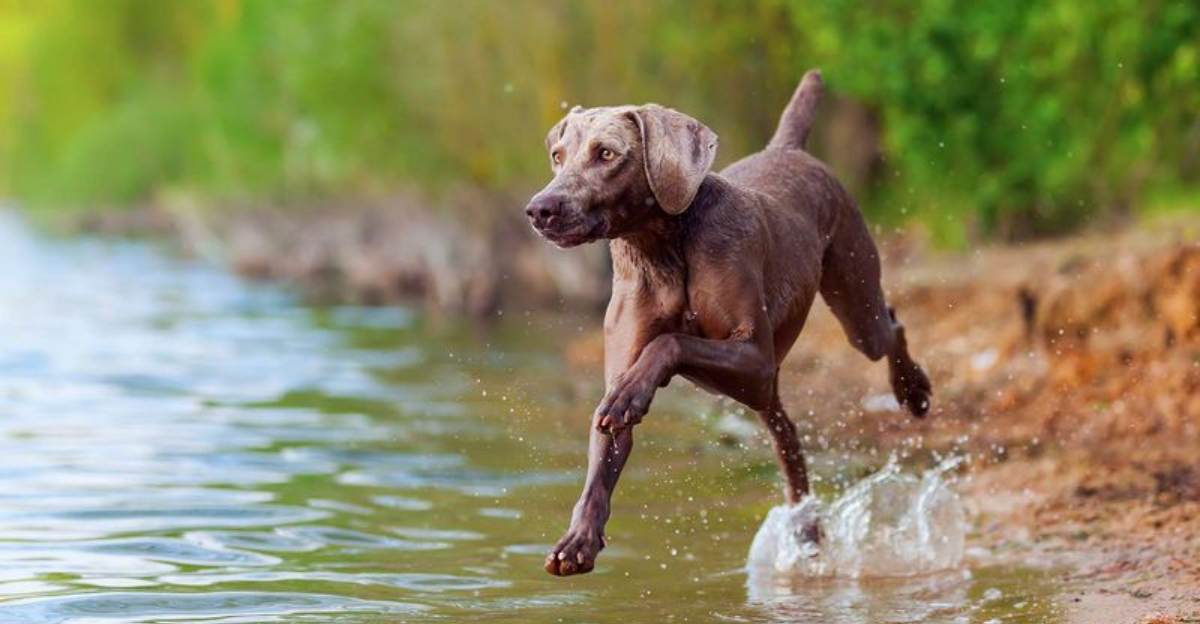
Hunting dogs have been selectively bred for centuries to excel in outdoor activities like tracking, retrieving, and pointing. While these remarkable canines make loyal companions, their high energy levels and natural instincts often clash with indoor living arrangements.
Some breeds simply thrive when given wide open spaces to run, swim, and fulfill their working dog heritage, making apartment or strictly indoor living particularly challenging for them and their owners.
1. Weimaraner

Nicknamed ‘the gray ghost,’ these aristocratic hunters become destructive tornadoes when confined. Their boundless energy and intelligence demand constant mental stimulation and physical activity.
Without proper outlets, they’ll redesign your furniture, excavate your yard, and orchestrate grand escapes. Originally bred to track deer and bears, their hunting drive remains incredibly strong.
2. Vizsla

Born to run for hours through Hungarian plains, Vizslas suffer tremendously when kept inside. Their velcro-like attachment to owners makes separation anxiety a real concern when left alone indoors.
Famous for their golden-rust coats, these dogs need 2-3 hours of vigorous exercise daily. Their sensitive nature means they internalize stress, developing behaviors like excessive barking or chewing.
3. English Pointer
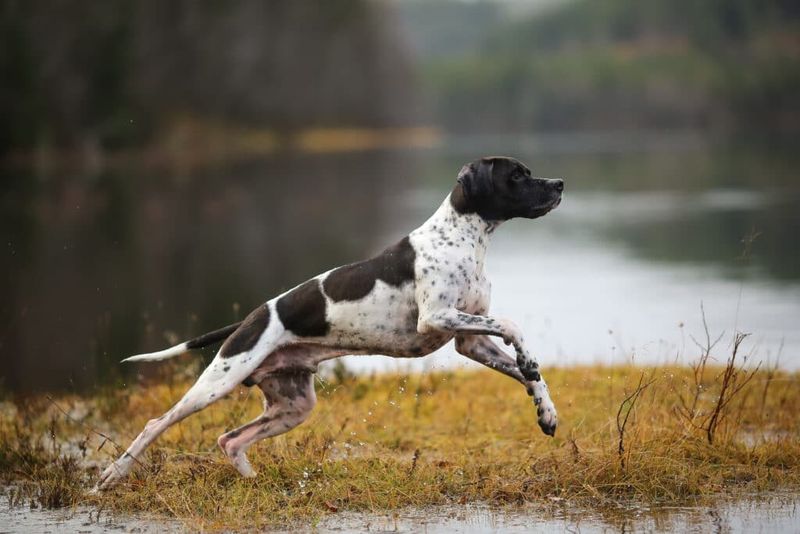
Around the house, English Pointers resemble caged tigers at the zoo—constantly pacing and looking for escape routes. Their bodies were engineered for covering vast territories while hunting birds.
Keeping them indoors is like parking a Ferrari in a tiny garage. These dogs experience actual physical discomfort from lack of running space, leading to joint problems and obesity when their exercise needs aren’t met.
4. Bluetick Coonhound

Legendary for their melodious baying that carries for miles, Blueticks make terrible apartment neighbors. Their vocal nature isn’t something they can simply turn off—it’s hardwired into their DNA.
Rural hunters prize them for tracking raccoons through dense forests all night long. Cooped up indoors, these hounds become frustrated and depressed, often howling mournfully when they sense wildlife nearby but can’t pursue it.
5. Irish Setter
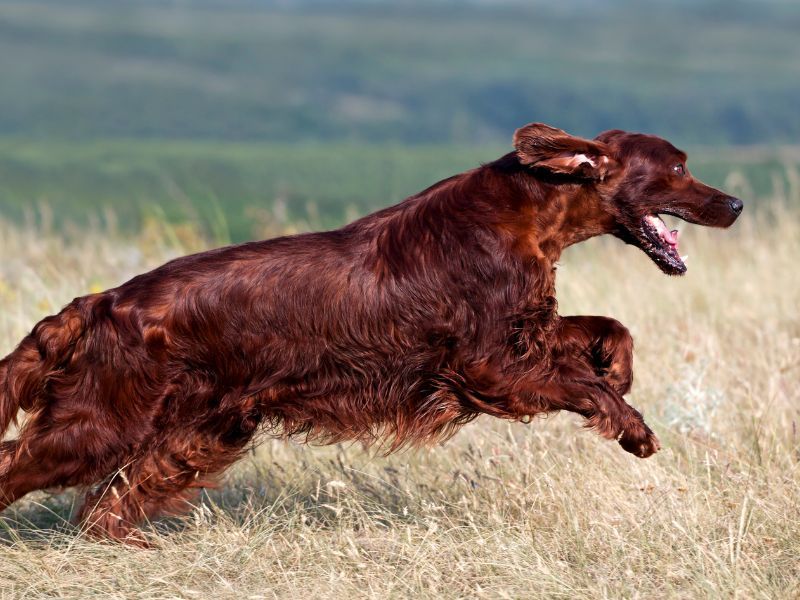
Fiery red coats match their spirited personalities—Irish Setters literally bounce off walls when kept inside too long. Developed to quarter fields all day locating game birds, they view indoor confinement as punishment.
Their playful exuberance never fully matures, even as adults. Without proper stimulation, they channel their frustration into destructive behaviors, turning shoes, furniture, and anything within reach into chew toys.
6. Chesapeake Bay Retriever
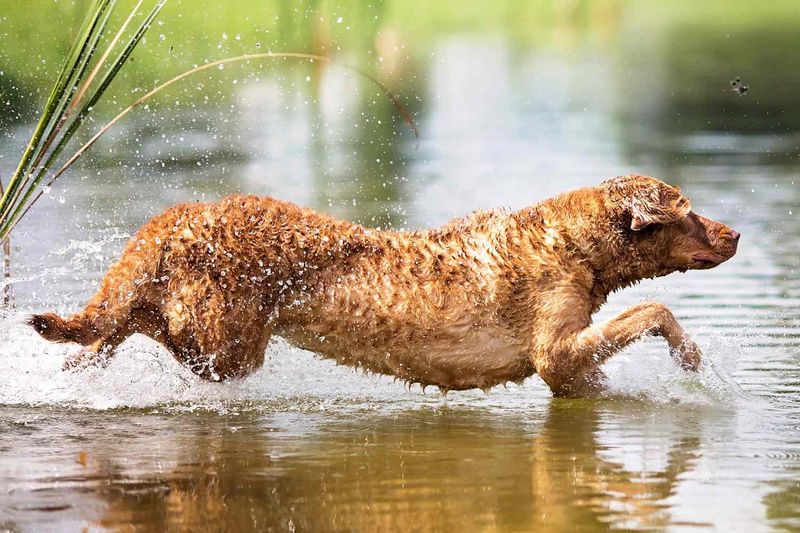
Waterproof coats and webbed feet reveal everything about where “Chessies” belong—outdoors near water. Developed to retrieve waterfowl in icy Chesapeake Bay conditions, they possess incredible stamina and swimming drive.
Unlike more adaptable retrievers, they maintain a stubborn, independent streak. Indoor life without daily swimming opportunities leads to restlessness and behavioral problems. Their oily coats also leave distinctive “doggy” odors around the house.
7. Plott Hound

Mountain-bred for tracking wild boar through rugged terrain, Plotts possess legendary stamina that indoor living simply cannot accommodate. Their powerful bodies and tenacious personalities demand wilderness adventures.
Few realize these dogs can track prey for 30+ miles without stopping. Boredom quickly turns to destructive behavior when their hunting instincts remain unsatisfied. Their distinctive brindle coats were designed for camouflage in forests, not living room sofas.
8. German Shorthaired Pointer

Boundless energy factories on four legs, GSPs were engineered to work from sunrise to sunset. Their versatile hunting abilities—pointing, retrieving, and tracking—mean they’re always looking for jobs to do.
Without sufficient outdoor time, they develop neurotic behaviors like spinning, excessive barking, or digging. Many owners surrender these beautiful dogs to shelters after underestimating their incredible exercise requirements. Their lean bodies need constant movement to stay healthy.
9. Treeing Walker Coonhound

Famous for their distinctive tri-colored coats and musical voices, these southern hunting specialists need room to roam. Their specialized hunting style involves chasing quarry up trees, then baying loudly to alert hunters.
That vocal tendency doesn’t disappear indoors—they’ll howl at passing delivery trucks, neighborhood cats, or distant sirens. Apartment neighbors quickly tire of their “singing.” Without proper exercise, they become anxious and develop compulsive behaviors.
10. Black and Tan Coonhound

Gentle giants with noses that never quit, these scent-obsessed hunters follow their noses regardless of obstacles—including your house rules. Their droopy expressions hide incredible determination and stamina.
Indoor confinement frustrates their natural tracking instincts. Many owners report them scaling fences or digging under barriers when they catch an interesting scent. Their deep, booming bark, designed to echo through forests, proves problematic in residential neighborhoods.
11. Redbone Coonhound
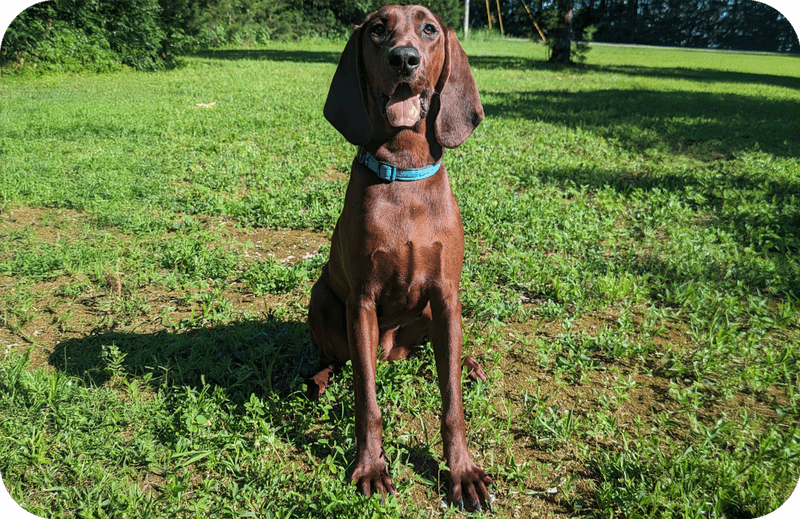
Made famous by “Where the Red Fern Grows,” these gorgeous mahogany hunters need forests, not living rooms. Their sweet expressions mask incredible athletic ability and determination when on a scent trail.
Indoor life stifles their natural desire to track and tree game. Without proper outlets, they become vocal and destructive. Apartment dwellers quickly discover their melodious howls carry through walls easily, leading to neighbor complaints and potential eviction notices.
12. English Setter

Elegant speckled coats belie their incredible endurance—English Setters were built for covering miles of terrain searching for birds. Their graceful appearance masks a high-energy working dog that needs constant activity.
Without proper stimulation, these sensitive dogs develop anxiety and neurotic behaviors. Their feathered coats collect debris from outdoor adventures, making them challenging house pets. Many owners underestimate their exercise needs based on their calm demeanor indoors.
13. American Foxhound
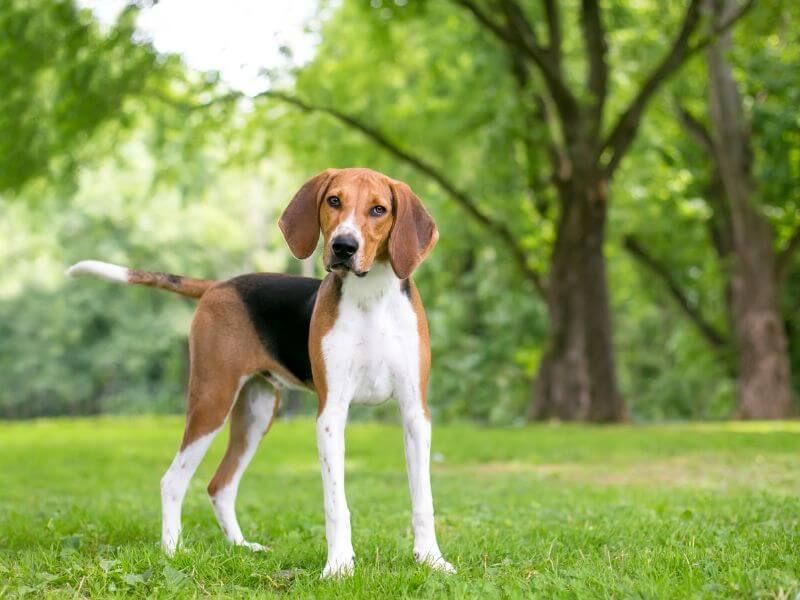
Lightning-fast with seemingly endless endurance, these colonial-era hunting hounds can run for hours without tiring. George Washington himself helped develop this breed specifically for long fox hunts across varied terrain.
Their exercise requirements exceed what most owners can provide in suburban settings. Boredom quickly leads to problem behaviors like excessive vocalization. Their pack-oriented nature means they’re prone to separation anxiety when left alone indoors.
14. Spinone Italiano
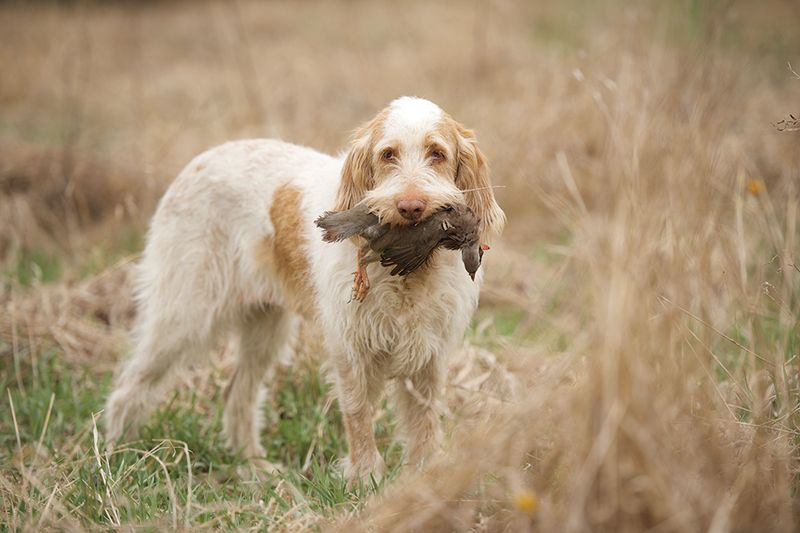
Shaggy-coated Italian hunting specialists, Spinoni possess incredible stamina and determination in rough terrain. Their wiry fur collects burrs, mud, and debris, making them challenging indoor companions.
Despite their sometimes-clownish appearance, they’re serious working dogs that need daily outdoor adventures. Their hunting drive remains strong even in domestic settings. Without proper outlets, they become frustrated and develop problematic behaviors like excessive barking or digging.
15. Brittany
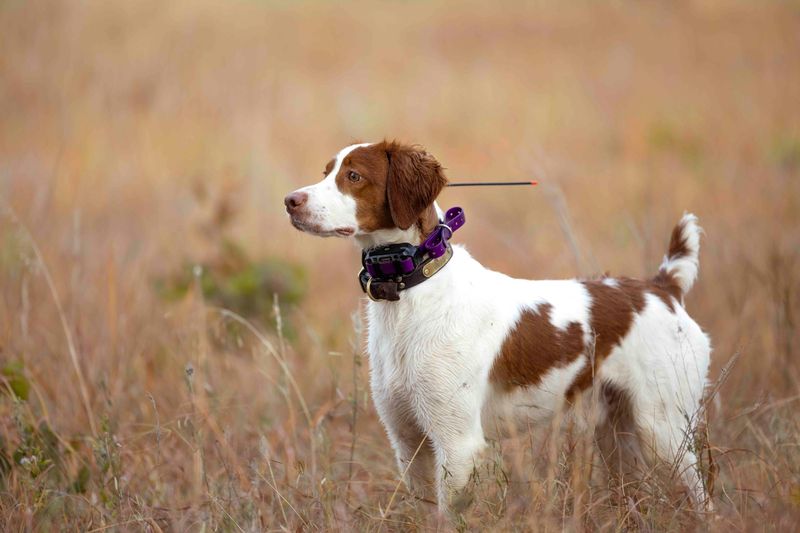
Compact dynamos with boundless enthusiasm, Brittanys pack the energy of much larger dogs into medium-sized frames. Originally bred as versatile bird dogs in France, they maintain strong pointing and retrieving instincts.
Their perpetual motion makes indoor confinement particularly difficult. Many develop repetitive behaviors like spinning or tail-chasing when kept inside too long. Despite their manageable size, they typically require more exercise than much larger breeds.
16. Rhodesian Ridgeback
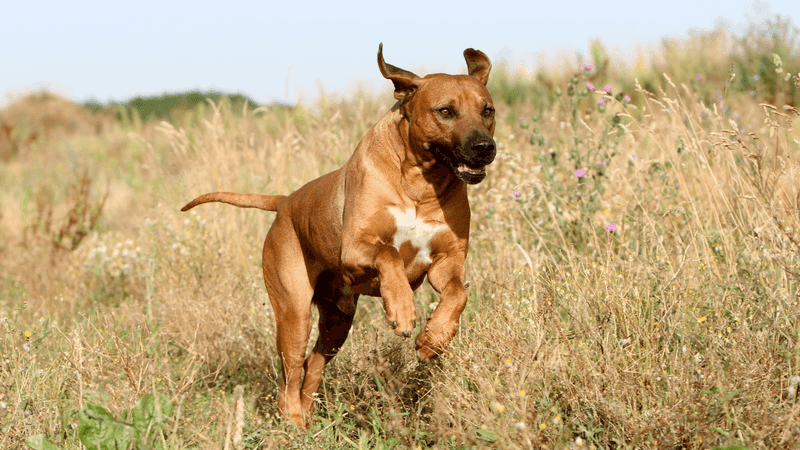
African lion hunters with distinctive ridge patterns along their spines, Ridgebacks need space to match their historical purpose. Developed to track lions across the African veld for hours, their endurance is legendary.
Apartment living frustrates their need for open spaces and running. Their stubborn independence makes them challenging when bored or under-exercised. Originally bred to work in packs tracking dangerous game, they maintain strong prey drives that need appropriate outlets.


